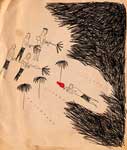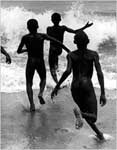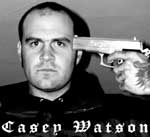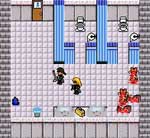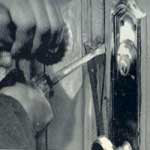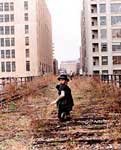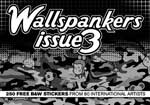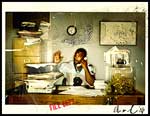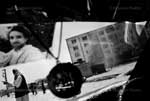By ISHMAEL BEAH, NYT Magazine:
After that first week of going out on raids to kill people we deemed our rebel enemies or sympathizers of the rebels, our initiation was complete. We stayed put at the base, and we boys took turns guarding posts around the village. We smoked marijuana and sniffed “brown brown,” cocaine mixed with gunpowder, which was always spread out on a table near the ammunition hut, and of course I took more of the white capsules, as I had become addicted to them. The first time I took all these drugs at the same time, I began to perspire so much that I took off all my clothes. My body shook, my sight became blurred and I lost my hearing for several minutes. I walked around the village restlessly. But after several doses of these drugs, all I felt was numbness to everything and so much energy that I couldn’t sleep for weeks. We watched war movies at night, Rambo “First Blood,” “Rambo, First Blood, Part II,” “Commando” and so on, with the aid of a generator or a car battery. We all wanted to be like Rambo; we couldn’t wait to implement his techniques.
Here.

